Home>Home Appliances>Kitchen Appliances>How To Dehydrate Chicken Feet In A Dehydrator
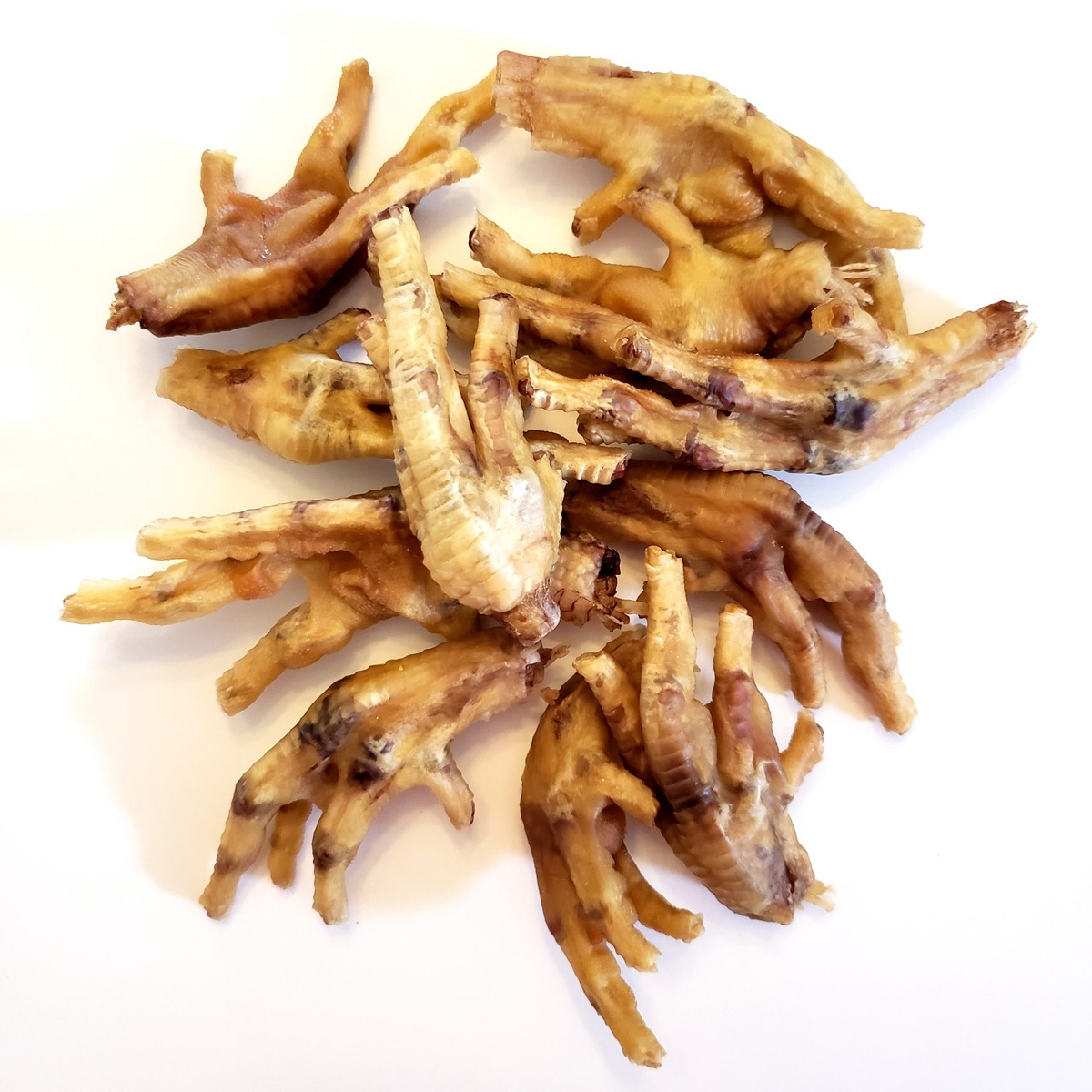

Kitchen Appliances
How To Dehydrate Chicken Feet In A Dehydrator
Modified: February 28, 2024
Learn how to dehydrate chicken feet in a dehydrator with our easy step-by-step guide. Get the most out of your kitchen appliances today!
(Many of the links in this article redirect to a specific reviewed product. Your purchase of these products through affiliate links helps to generate commission for Storables.com, at no extra cost. Learn more)
Introduction
Introduction
Welcome to the world of dehydrating chicken feet! While the idea of dehydrating chicken feet may seem unconventional, it is a practice deeply rooted in culinary traditions and offers a unique way to make the most of this often-overlooked part of the bird. Dehydrating chicken feet not only reduces waste but also creates a flavorful and nutrient-dense snack or ingredient for soups, broths, and stews.
In this comprehensive guide, we will explore the process of dehydrating chicken feet using a dehydrator. From selecting the right chicken feet to properly preparing and dehydrating them, we will cover each step in detail, ensuring that you have all the information you need to embark on this culinary adventure.
Whether you are a seasoned home cook looking to expand your culinary repertoire or someone interested in exploring sustainable and nose-to-tail cooking practices, dehydrating chicken feet is a fascinating and rewarding endeavor. So, let’s roll up our sleeves and dive into the world of dehydrating chicken feet!
Choosing the Right Chicken Feet
Key Takeaways:
- Embrace sustainability and culinary creativity by dehydrating chicken feet for flavorful snacks and versatile soup ingredients. Reduce waste and explore traditional cooking techniques with this unique culinary endeavor.
- Select, prepare, and store dehydrated chicken feet to enjoy a sustainable and nutritious ingredient. Infuse your culinary creations with depth and character, adding a touch of innovation to your cooking repertoire.
Choosing the Right Chicken Feet
When it comes to dehydrating chicken feet, selecting the right ingredients is crucial to achieving the best results. Here are some essential factors to consider when choosing chicken feet for dehydration:
-
Freshness: Opt for fresh chicken feet that have a pinkish hue and a plump, moist appearance. Avoid chicken feet that appear discolored, dry, or have an unpleasant odor, as these signs may indicate spoilage.
-
Source: Whenever possible, choose chicken feet from reputable sources, such as local farms or trusted suppliers. Knowing the origin of the chicken feet can provide assurance regarding the quality and handling practices.
-
Organic and Free-Range Options: If available, consider selecting organic or free-range chicken feet. These options are often associated with higher quality and may offer additional nutritional benefits.
-
Quantity: Determine the quantity of chicken feet needed based on your dehydrator’s capacity and your intended use. Whether you plan to create a small batch for personal consumption or a larger quantity for culinary projects, ensure that you have enough chicken feet to meet your needs.
By carefully considering these factors, you can set the stage for a successful dehydrating process and ultimately enjoy the flavorful and versatile results of your efforts.
Preparing the Chicken Feet
Read more: How To Store Dehydrated Chicken
Preparing the Chicken Feet
Before dehydrating chicken feet, it’s essential to prepare them properly to ensure food safety and optimal results. The following steps will guide you through the preparation process:
-
Cleaning: Begin by thoroughly rinsing the chicken feet under cold running water. Use a brush to gently scrub the surface of the feet, removing any dirt, residue, or remaining feathers. This step is crucial for eliminating impurities and ensuring cleanliness.
-
Trimming: Trim the nails of the chicken feet using kitchen shears or a sharp knife. Carefully remove the tips of the nails, as this can enhance the overall appearance and texture of the dehydrated chicken feet.
-
Blanching: To facilitate the removal of the outer skin and to achieve a desirable texture, blanch the chicken feet in boiling water for approximately 3-5 minutes. After blanching, transfer the chicken feet to an ice bath to halt the cooking process.
-
Seasoning (Optional): Consider seasoning the chicken feet according to your preferences. Whether you opt for a simple salt brine, a marinade, or a blend of herbs and spices, seasoning the chicken feet before dehydrating can infuse them with additional flavor.
By following these preparation steps, you can ensure that the chicken feet are clean, trimmed, blanched, and optionally seasoned, setting the stage for successful dehydration and culinary versatility.
Dehydrating the Chicken Feet
Dehydrating the Chicken Feet
Dehydrating chicken feet is a straightforward process that requires the use of a reliable dehydrator. Follow these steps to achieve optimal results:
-
Arrange: Place the prepared chicken feet on the dehydrator trays, ensuring that they are evenly spaced and not touching each other. This arrangement allows for proper air circulation, promoting even dehydration.
-
Temperature Setting: Set the dehydrator to a temperature of approximately 140°F (60°C) for the initial phase of dehydration. This temperature helps to safely remove moisture from the chicken feet while preserving their flavor and nutritional content.
-
Duration: Dehydrate the chicken feet at the initial temperature for 12-18 hours. During this time, periodically check the progress and rotate the trays if necessary to ensure uniform dehydration.
-
Adjustment: After the initial phase, reduce the dehydrator’s temperature to around 130°F (54°C) and continue dehydrating the chicken feet for an additional 12-24 hours. The extended duration allows for thorough dehydration, resulting in a crisp and shelf-stable texture.
Throughout the dehydration process, monitor the chicken feet for the desired texture. Once fully dehydrated, they should be firm, dry, and free of moisture. Properly dehydrated chicken feet can be enjoyed as a standalone snack or used as a flavorful addition to soups, broths, and other culinary creations.
Storing Dehydrated Chicken Feet
Read more: How To Make Chicken Jerky In A Dehydrator
Storing Dehydrated Chicken Feet
After successfully dehydrating chicken feet, proper storage is essential to maintain their quality and shelf life. Follow these guidelines to ensure the longevity and freshness of your dehydrated chicken feet:
-
Cooling: Allow the dehydrated chicken feet to cool completely at room temperature before proceeding with the storage process. This step helps prevent condensation inside the storage container.
-
Container Selection: Choose airtight containers such as glass jars, resealable plastic bags, or vacuum-sealed pouches for storing the dehydrated chicken feet. The airtight seal helps protect the chicken feet from moisture and external contaminants.
-
Labeling: Clearly label the storage containers with the date of dehydration to track the freshness of the chicken feet. Additionally, consider including any seasoning or flavoring used during the dehydration process for future reference.
-
Storage Conditions: Store the containers of dehydrated chicken feet in a cool, dry, and dark environment. Exposure to heat, humidity, and light can compromise the quality of the chicken feet, leading to spoilage.
-
Shelf Life: When stored properly, dehydrated chicken feet can maintain their quality for several months to a year. Regularly inspect the stored chicken feet for any signs of moisture or spoilage, and discard any items that show deterioration.
By adhering to these storage practices, you can ensure that your dehydrated chicken feet remain flavorful, nutritious, and ready to enhance your culinary endeavors whenever needed.
Conclusion
Conclusion
Congratulations on delving into the art of dehydrating chicken feet! By following the steps outlined in this guide, you have gained valuable insights into selecting, preparing, dehydrating, and storing this unique culinary ingredient. Dehydrated chicken feet offer a myriad of culinary possibilities, from being a wholesome snack to adding depth of flavor to soups, broths, and stews.
Embracing the practice of dehydrating chicken feet also aligns with sustainable and resourceful cooking, as it minimizes waste and maximizes the utility of the entire bird. This approach reflects a holistic and conscientious culinary mindset, contributing to a more sustainable food ecosystem.
Whether you are drawn to the nutritional benefits, the rich umami flavor, or the creative culinary potential of dehydrated chicken feet, this endeavor represents a rewarding exploration of traditional and innovative cooking techniques.
As you continue your culinary journey, consider experimenting with different seasonings, flavor profiles, and cooking applications for dehydrated chicken feet. Whether enjoyed as a standalone delicacy or incorporated into diverse recipes, the versatility of dehydrated chicken feet invites you to infuse your culinary creations with depth and character.
So, as you savor the results of your dehydrating efforts, remember that each batch of dehydrated chicken feet represents a unique blend of tradition, sustainability, and culinary ingenuity. With a touch of creativity and a spirit of exploration, dehydrated chicken feet can become a cherished ingredient in your culinary repertoire, adding a touch of innovation to your culinary creations.
Now, armed with the knowledge and skills to dehydrate chicken feet, you are well-equipped to embark on this flavorful and rewarding culinary journey. Enjoy the process, embrace the creativity, and savor the delightful results of your dehydrated chicken feet endeavors!
Frequently Asked Questions about How To Dehydrate Chicken Feet In A Dehydrator
Was this page helpful?
At Storables.com, we guarantee accurate and reliable information. Our content, validated by Expert Board Contributors, is crafted following stringent Editorial Policies. We're committed to providing you with well-researched, expert-backed insights for all your informational needs.
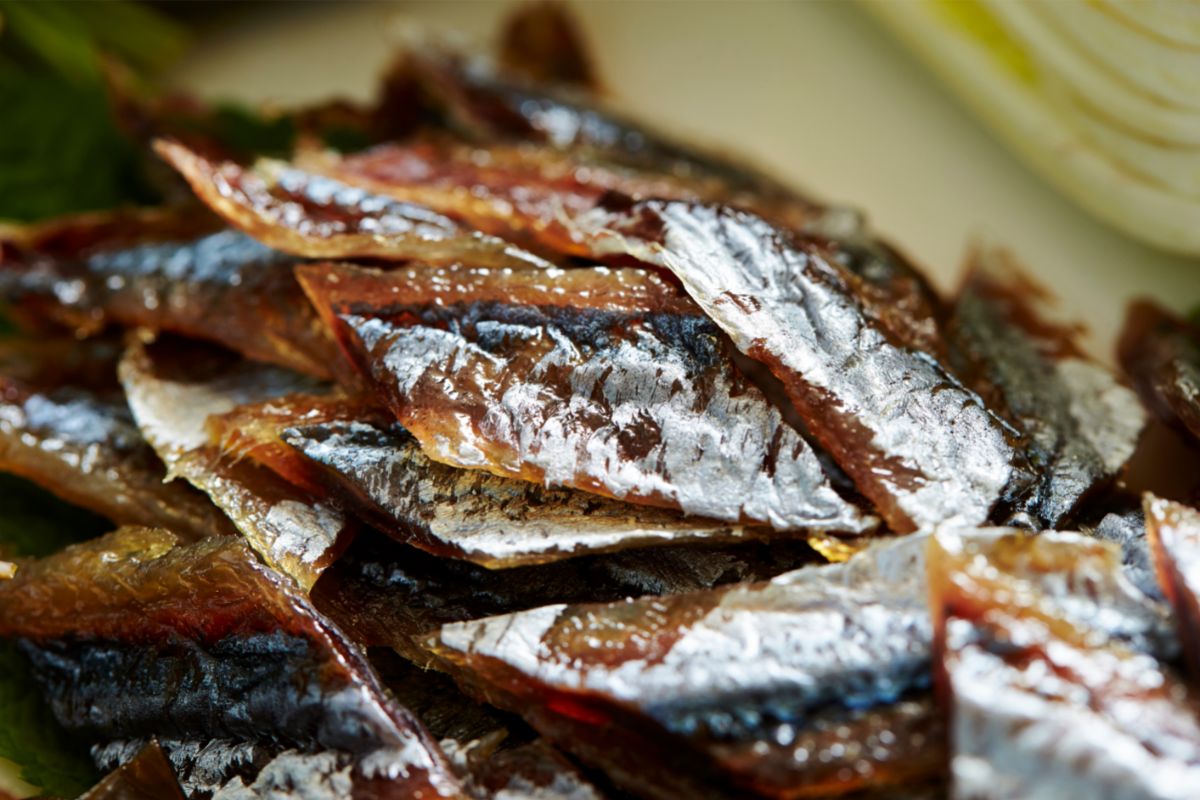
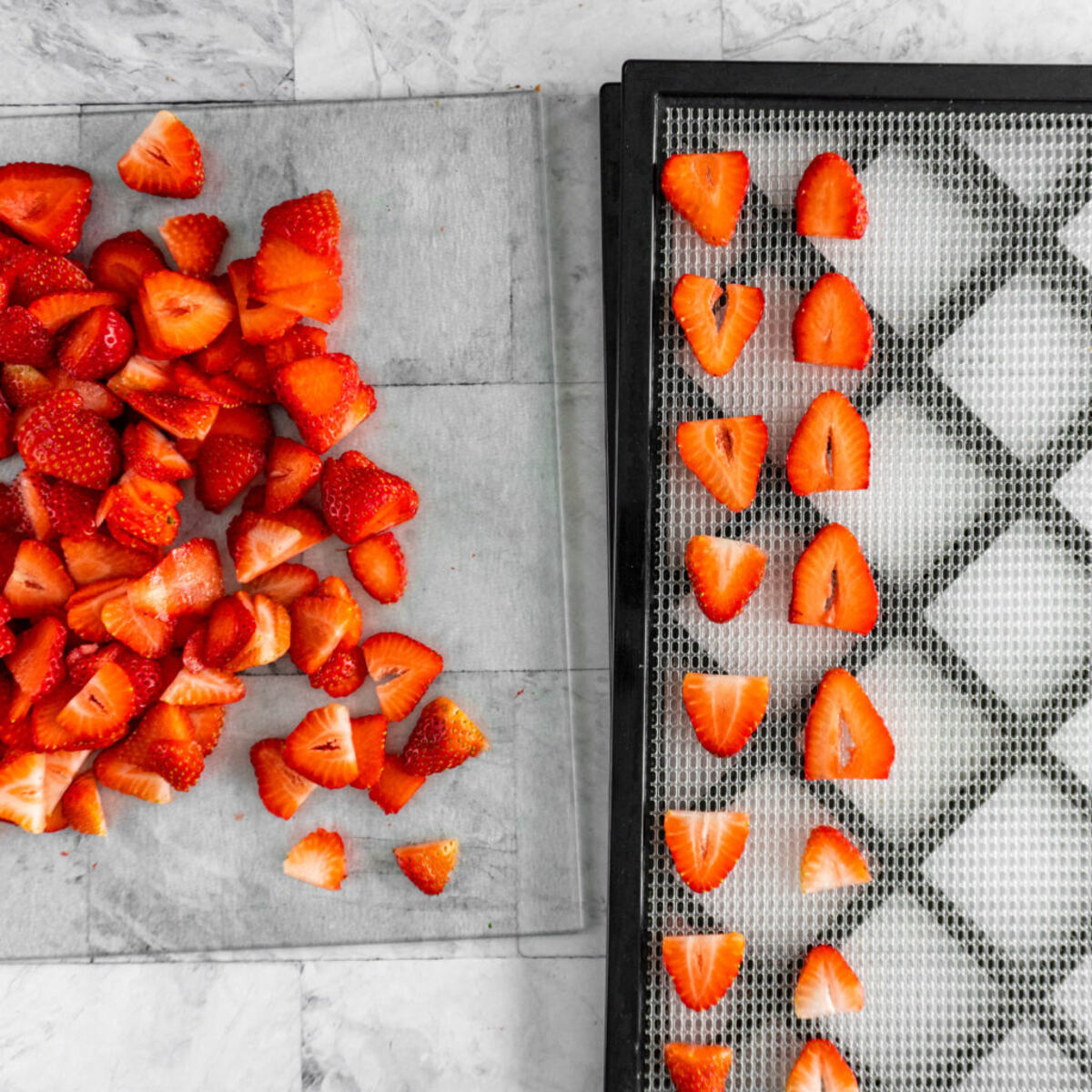
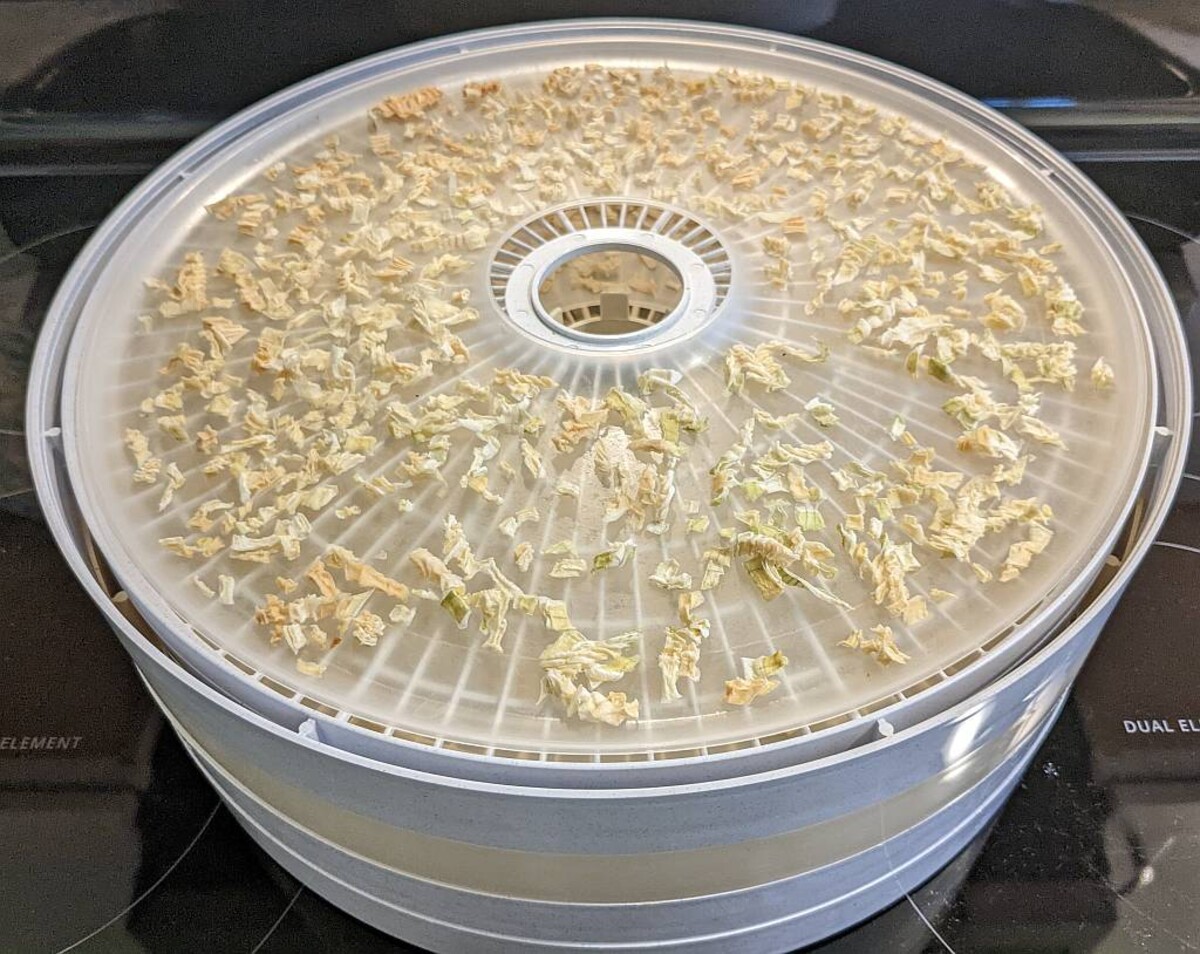
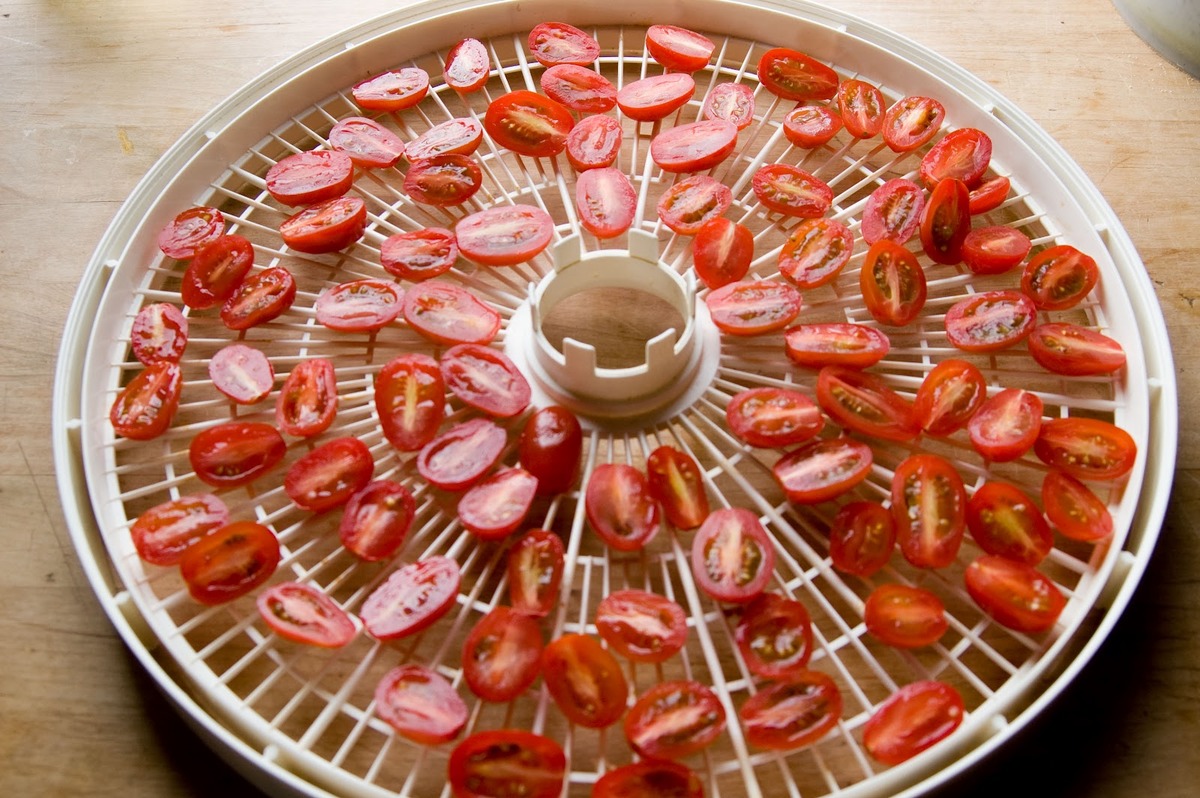
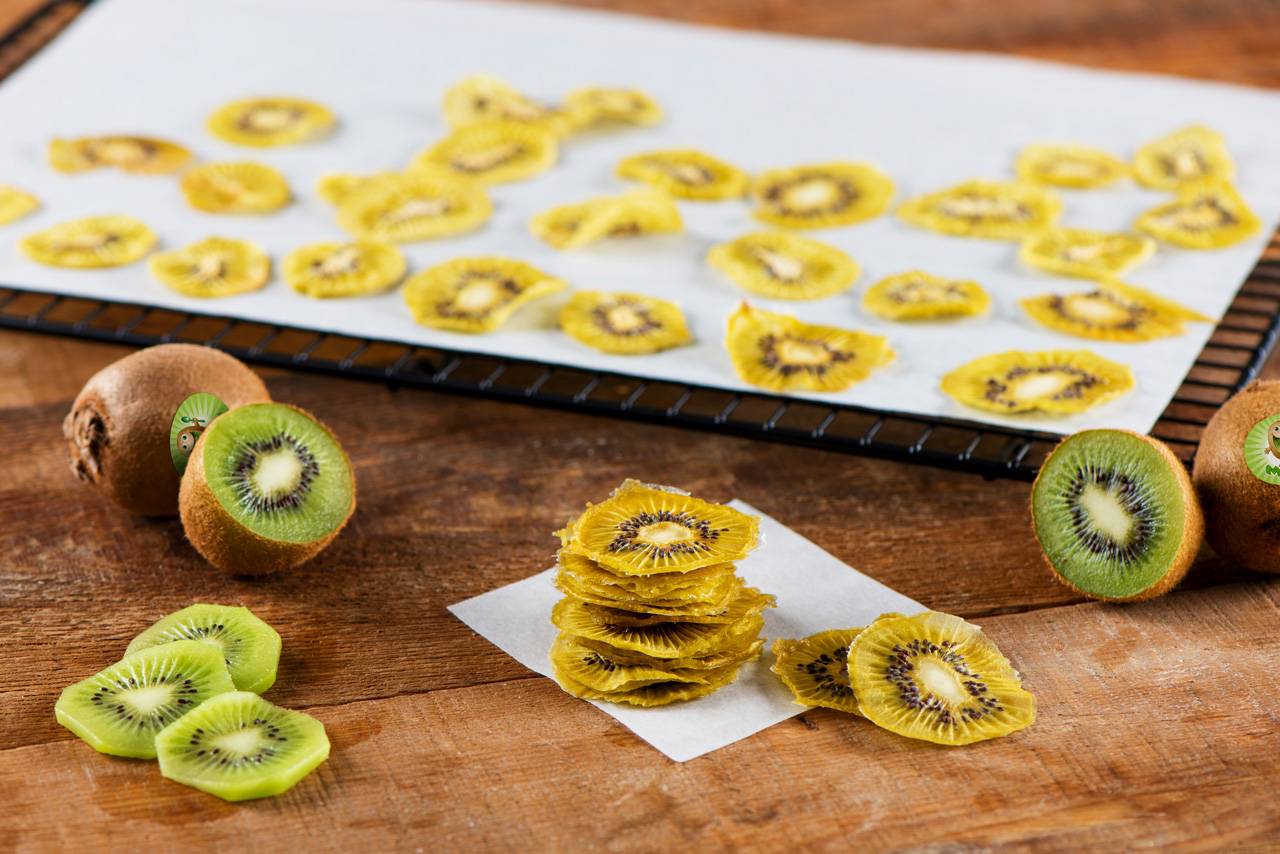
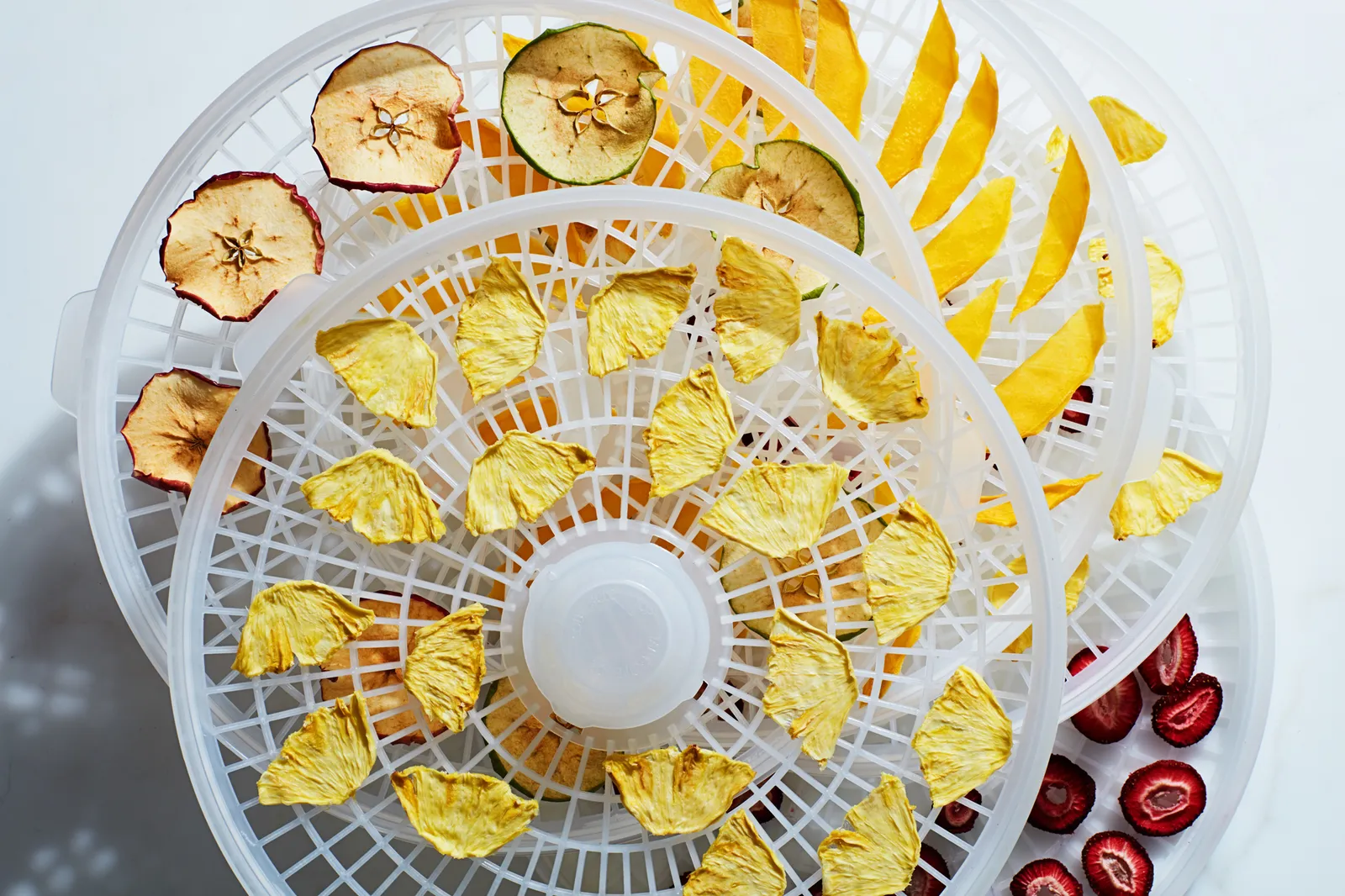
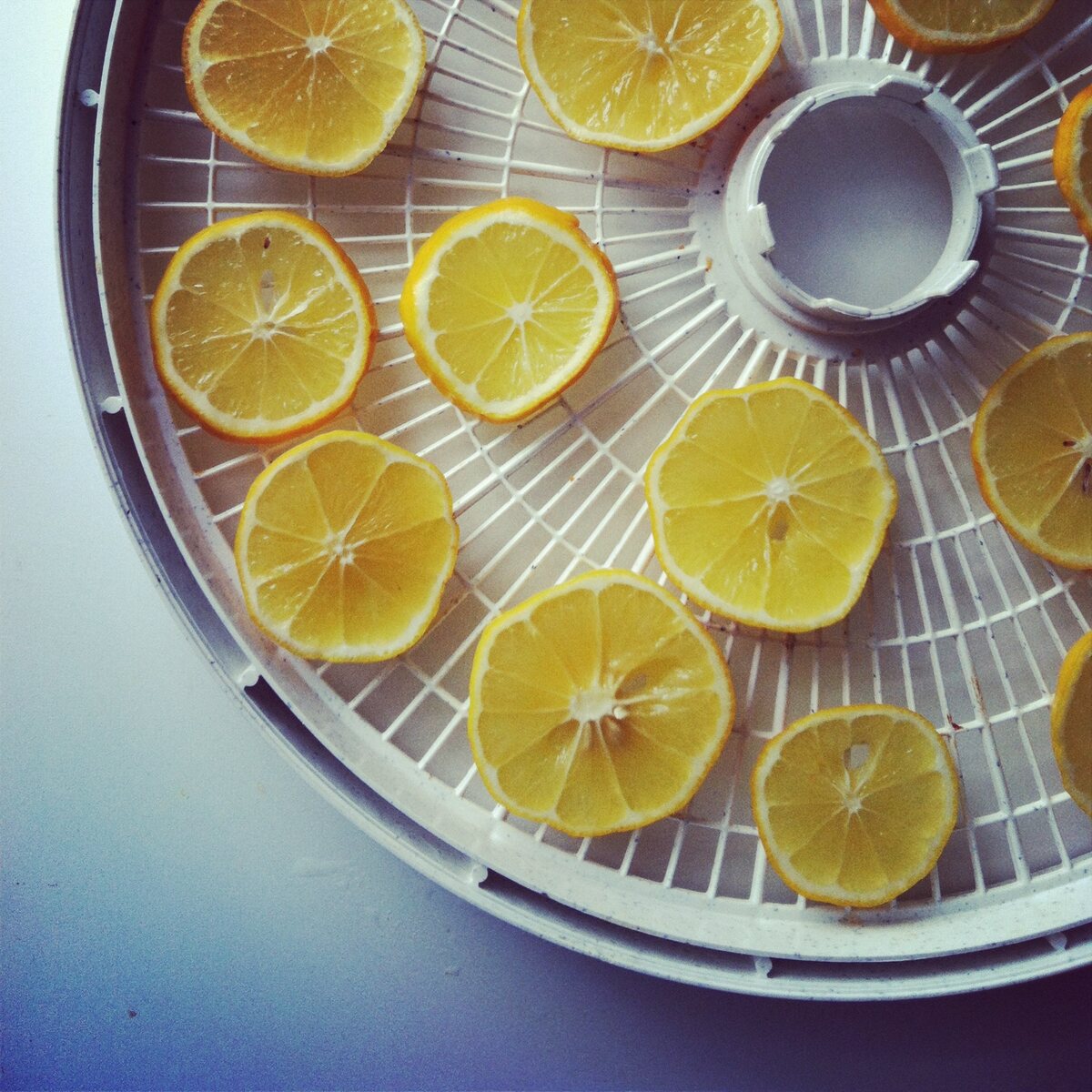
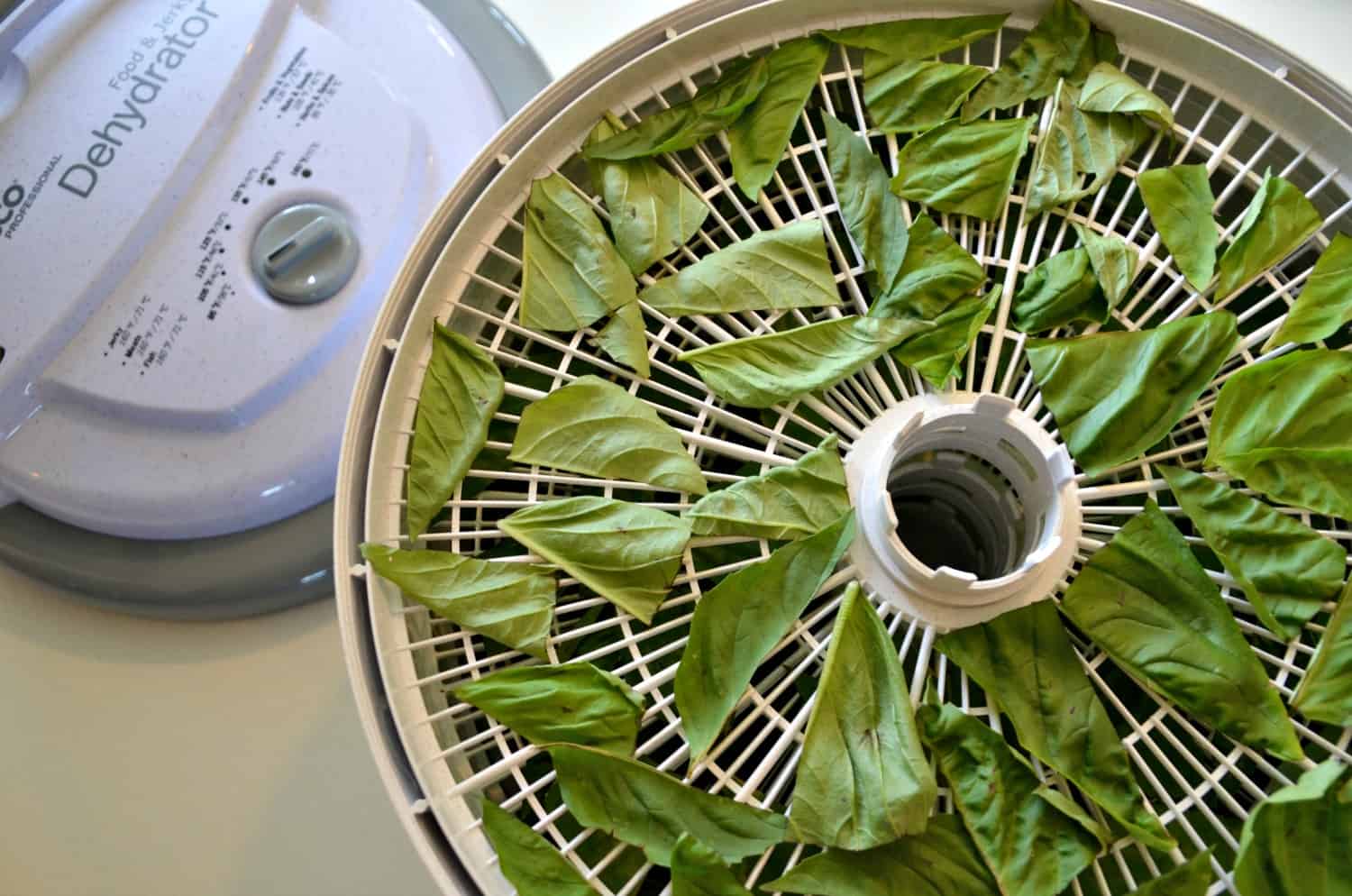
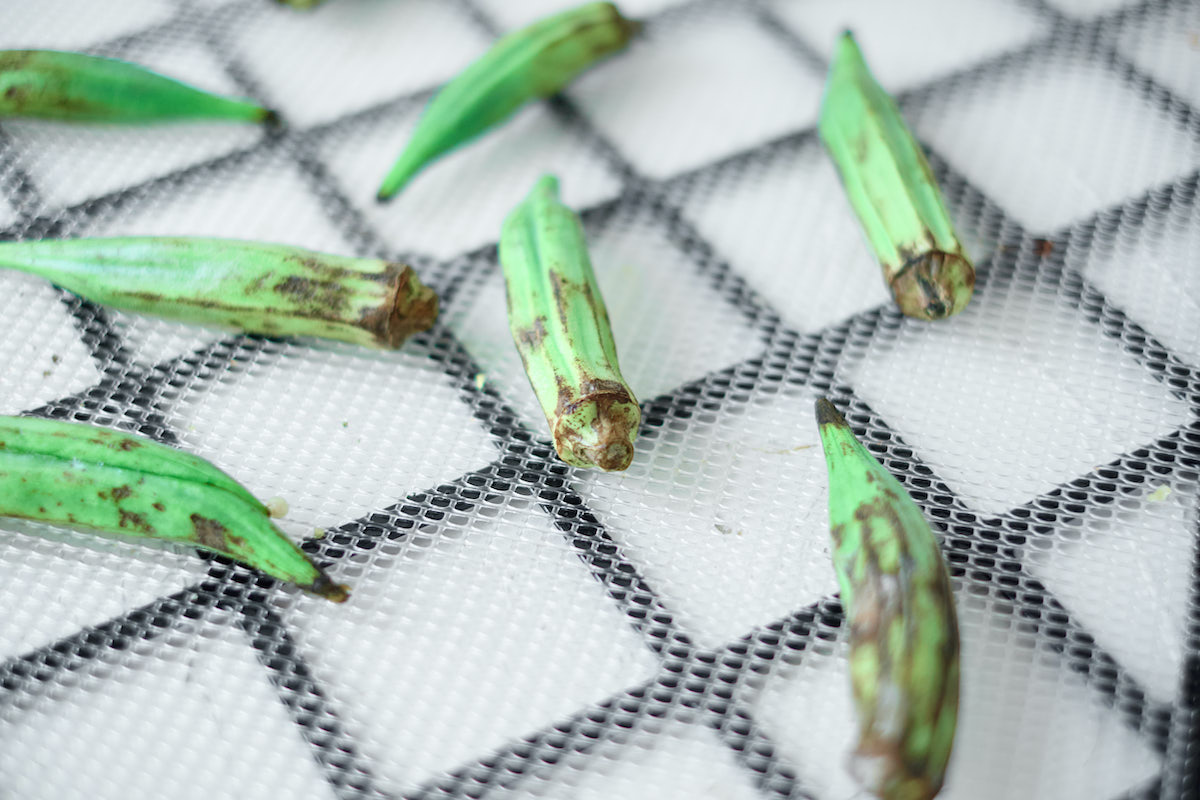
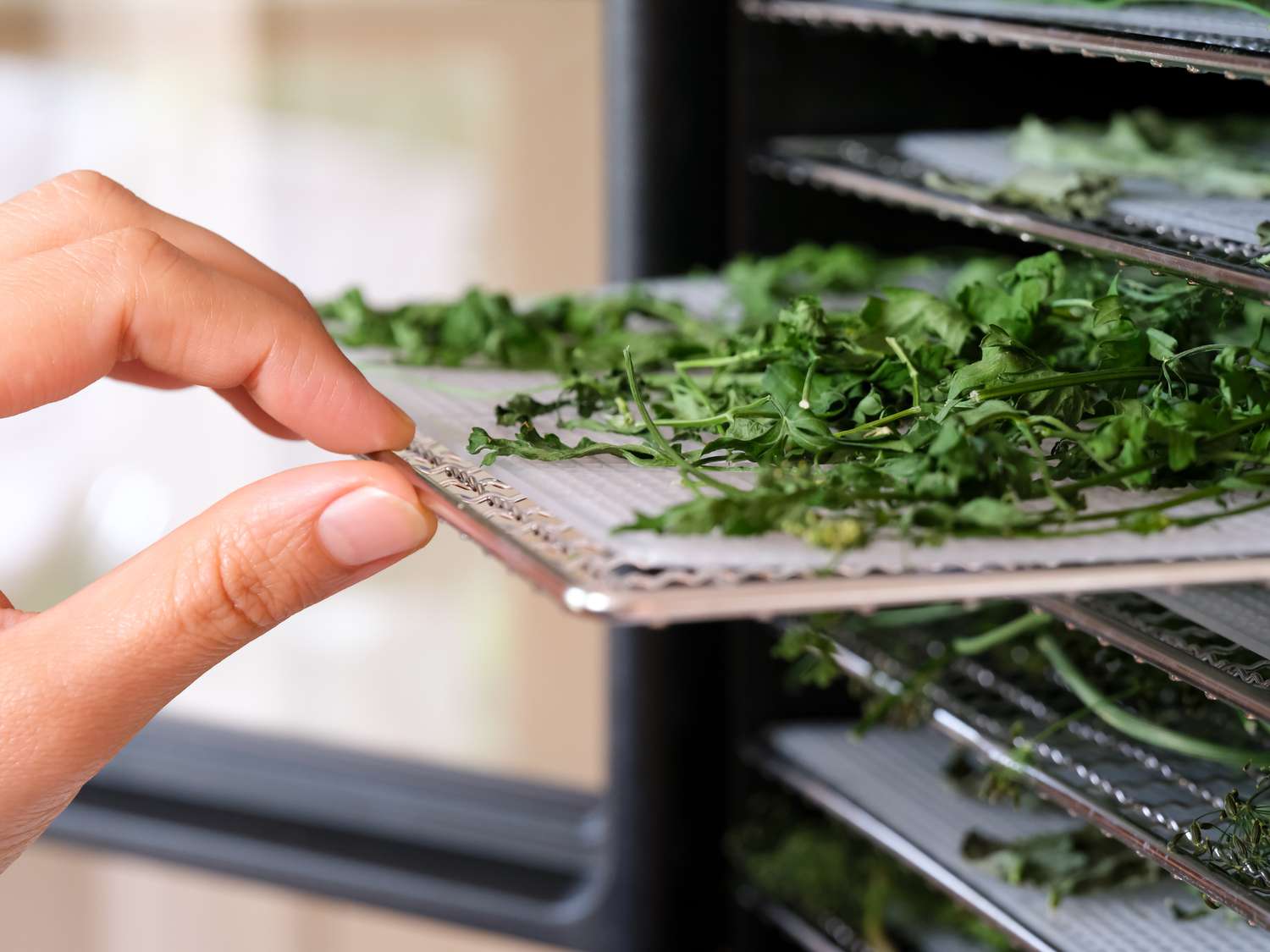
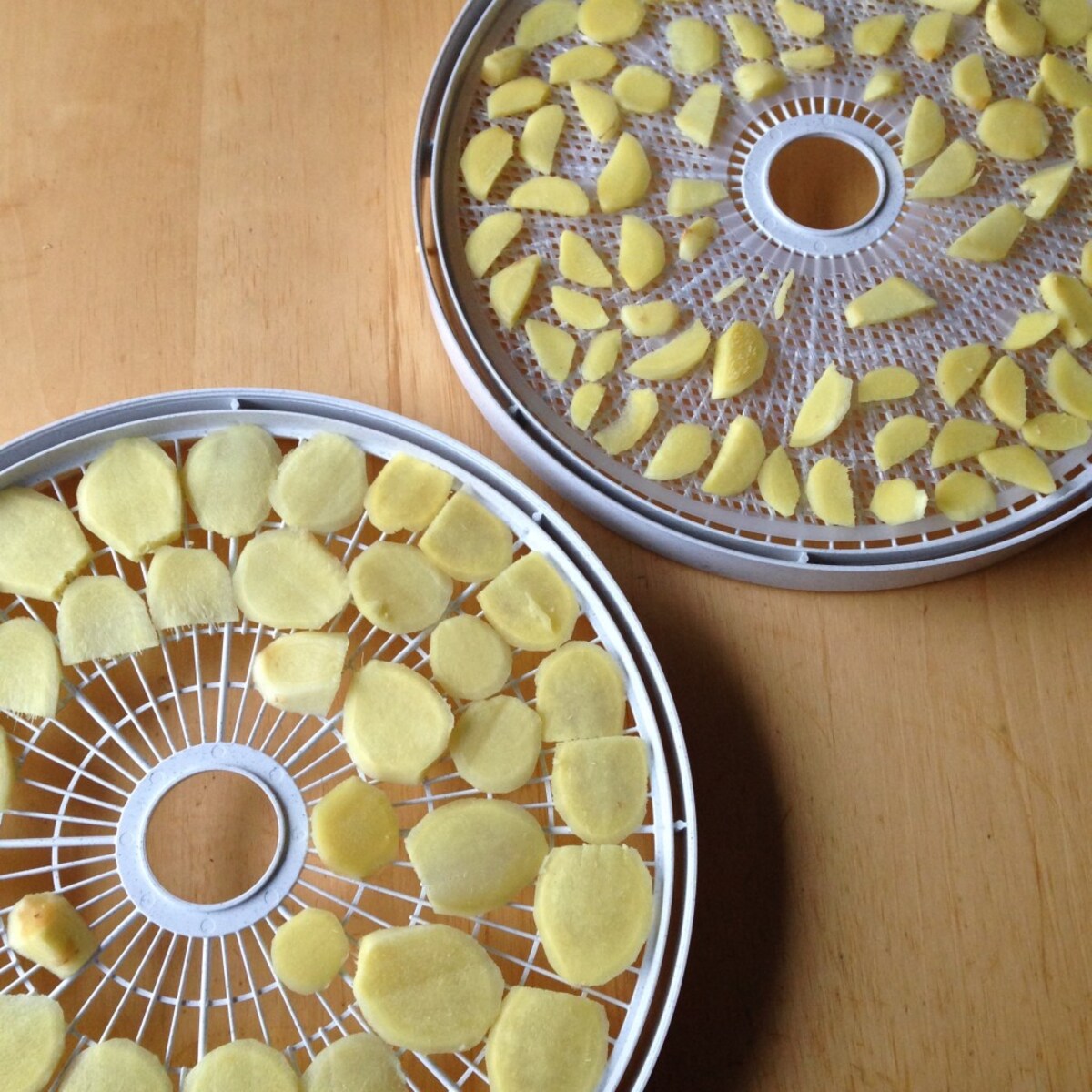
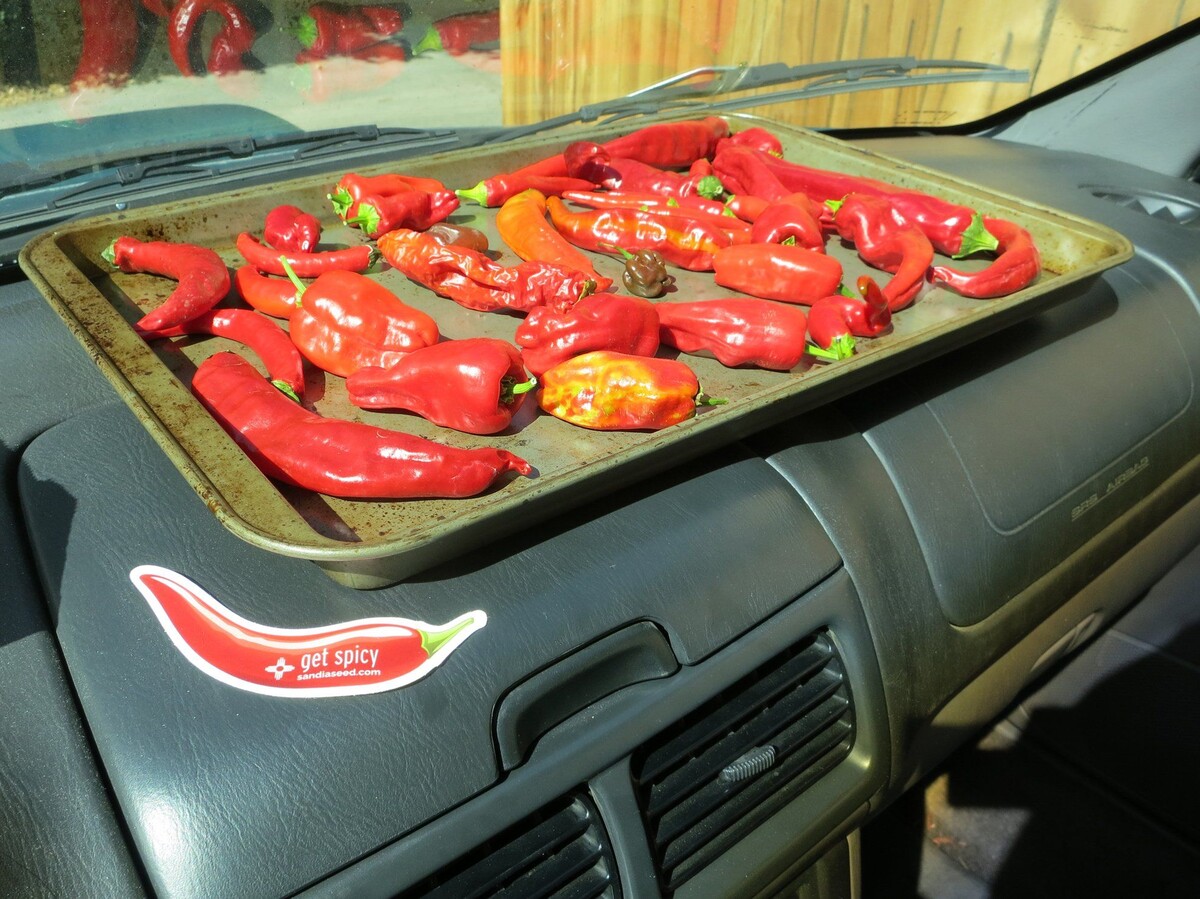
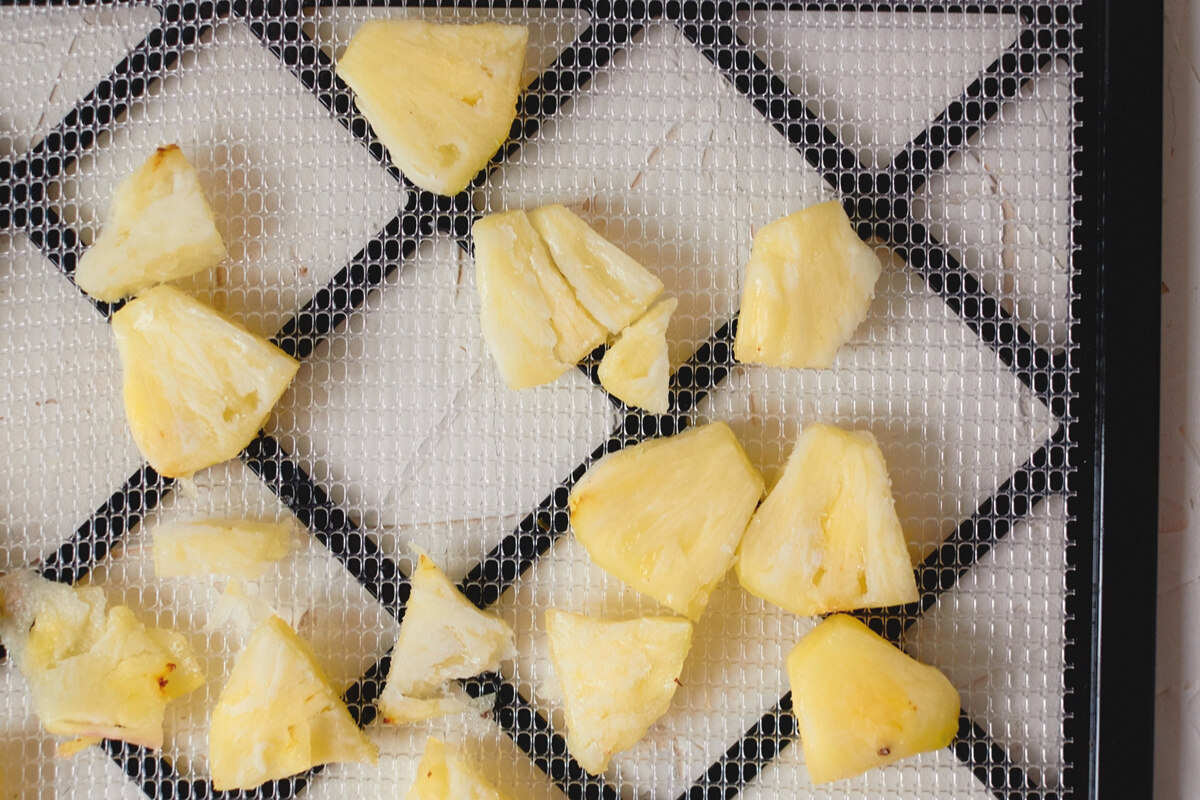

0 thoughts on “How To Dehydrate Chicken Feet In A Dehydrator”